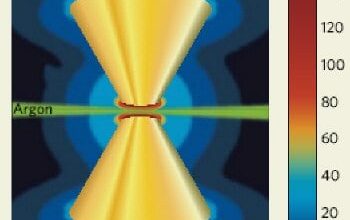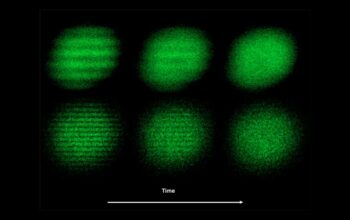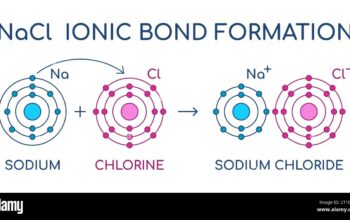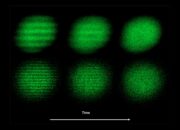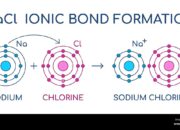Graphene, a monolayer of carbon atoms arranged in a two-dimensional lattice, has become a focal point of advanced materials research due to its extraordinary electrical, mechanical, and thermal properties. Among these, the interaction of electrons with thermal energy in graphene is a phenomenon that garners great interest within the scientific community. The term “heatwave in graphene” may evoke images of sizzling electrons, yet this concept embodies a sophisticated interplay between thermal dynamics and quantum mechanics.
To comprehend the implications of a heatwave in graphene, one must first appreciate the unique properties of this remarkable material. Graphene exhibits unparalleled electrical conductivity, which arises from its high electron mobility. This feature is essential for applications in nanoelectronics, where swift electron transport is paramount. However, as temperatures rise within the graphene lattice, the behavior of electrons undergoes a transformative shift that merits thorough exploration.
When subjected to elevated temperatures, electrons in graphene begin to engage in intricate interactions with phonons, which are quantized lattice vibrations. This coupling leads to a complex distribution of energy within the material. Unlike conventional materials, where thermal conductivity often leads to a straightforward increase in temperature homogeneity, the scenario in graphene is both nuanced and multifaceted. The unique band structure of graphene creates conditions that facilitate distinct thermal transport mechanisms, resulting in phenomena such as Umklapp scattering, where momentum-conserving processes disrupt the flow of energy and electrons.
Heatwaves in graphene can be critically analyzed through the lens of Landau’s theory of electron-phonon interactions. As the temperature escalates, a significant fraction of thermal energy is absorbed by the vibrational modes of the lattice rather than solely by the electrons themselves. This thermal energy partitioning engenders a rapid alteration in both the electron distribution and the lattice vibrations, leading to an emergent thermal state within the material. Understanding how such intricate interactions manifest is crucial for advancing applications where thermal management plays a pivotal role, such as in high-performance electronics and thermoelectric devices.
The examination of heatwaves in graphene also serves to illuminate discrepancies within our comprehension of thermal conductivity. Experimentally, researchers have documented instances where graphene exhibits extraordinarily high thermal conductivity, often exceeding that of copper. However, this impressive property is not without its limitations. At elevated temperatures, the intricate dance of electrons and phonons introduces additional scattering mechanisms that can, paradoxically, lead to decreased thermal conduction efficiency. This phenomenon invites new inquiries into the dimensionality of thermal transport and how structural defects, edge effects, and even chemical modifications can yield divergent thermal behaviors.
Moreover, the ability to manipulate and control heatwave dynamics in graphene opens avenues for innovative technological developments. For instance, graphene-based nanostructures, such as quantum dots or nanoribbons, can be engineered to exploit specific electron-phonon interactions, thus tailoring their thermal response for specific applications. This level of control suggests that graphene is not merely a passive medium through which thermal energy propagates but rather an active participant in the thermal dynamics of the system.
Furthermore, the exploration of heatwaves in graphene intersects intriguingly with the field of thermoelectrics—the study of converting temperature gradients into electric voltage. In thermoelectric applications, efficient electron transport is vital, and the challenge lies in balancing electrical conductivity with thermal conductivity. Graphene’s unique thermal management capabilities might lead to breakthroughs in thermoelectric materials, potentially paving the way for new energy harvesting technologies that efficiently convert waste heat into usable power.
As researchers delve deeper into the heatwave phenomenon in graphene, the potential for interdisciplinary collaboration becomes apparent. Insights drawn from condensed matter physics, materials science, and thermal engineering serve to enrich our understanding of how nanoscale materials behave under extreme thermal conditions. This collaboration may herald a new era of materials that not only respond creatively to thermal stimuli but also revolutionize our current technological landscape.
As we progress into a future where materials are engineered at the atomic level, the investigation of heatwaves in graphene exemplifies the complex interplay between thermal energy, electronic behavior, and material structure. By elucidating the underlying principles governing these interactions, scientists can unlock unprecedented capabilities in materials that redefine our approach to electronics, energy efficiency, and beyond.
In summary, the heatwave phenomenon in graphene presents a captivating vista for researchers and technologists alike. The intricate relations between electrons and thermal energy not only amplify our comprehension of material behavior but also promise to expedite the integration of graphene into avant-garde applications. As we navigate this relatively uncharted territory, the potential for groundbreaking discoveries lies just on the horizon, inviting us to rethink the boundaries of what modern materials can achieve. The journey is bound to be as electrifying as the subject itself—after all, in the world of graphene, electrons are indeed feeling the burn.



